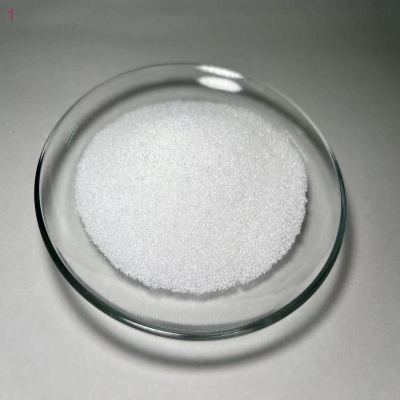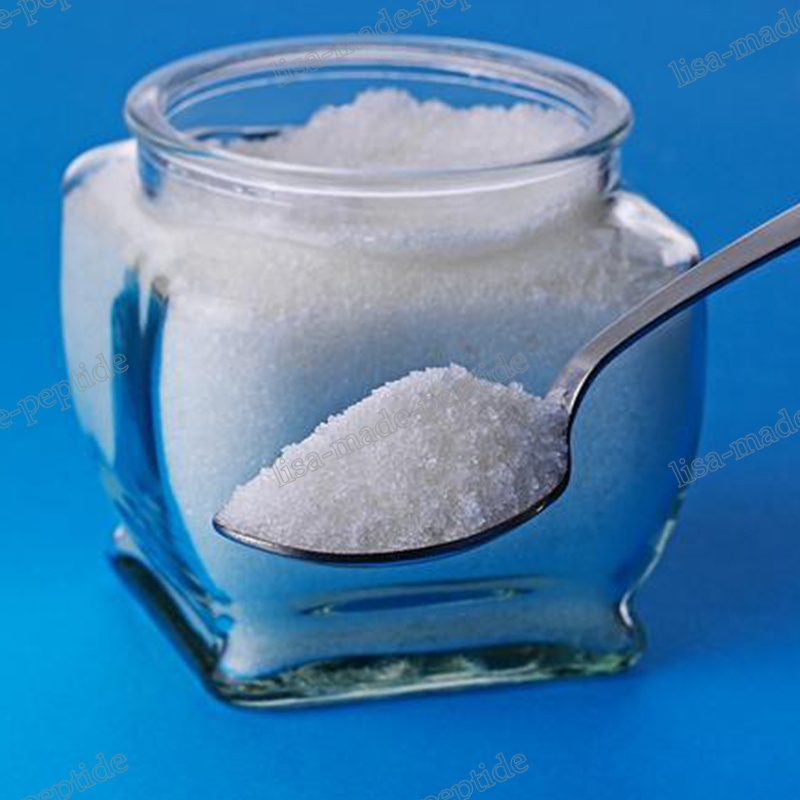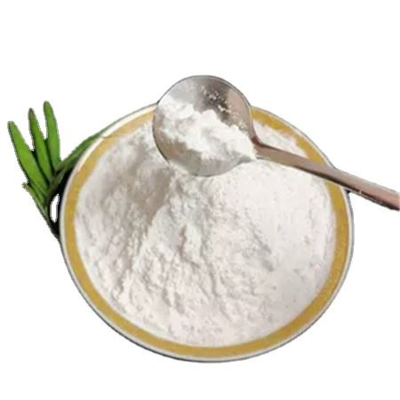-
Categories
-
Pharmaceutical Intermediates
-
Active Pharmaceutical Ingredients
-
Food Additives
- Industrial Coatings
- Agrochemicals
- Dyes and Pigments
- Surfactant
- Flavors and Fragrances
- Chemical Reagents
- Catalyst and Auxiliary
- Natural Products
- Inorganic Chemistry
-
Organic Chemistry
-
Biochemical Engineering
- Analytical Chemistry
-
Cosmetic Ingredient
- Water Treatment Chemical
-
Pharmaceutical Intermediates
Promotion
ECHEMI Mall
Wholesale
Weekly Price
Exhibition
News
-
Trade Service
Recently, ENJIE Co.
, Ltd.
has successfully developed a functional separator for sodium-ion batteries with a "sandwich" structure, filling the market gap
.
The separator is one of the key components of sodium-ion batteries, but there is no specially developed sodium-ion battery separator on the market, and the traditional lithium-ion battery separator can be applied to sodium-ion batteries, but there are defects such as poor liquid retention capacity and slow sodium ion transmission speed, (1) affecting the cycle performance of the battery; (2) The battery has a high interface resistance, so that the surface of the negative electrode is easy to produce sodium dendrites, the growth of sodium dendrites will pierce the separator and cause a short circuit of sodium-ion batteries, affecting the safety performance
of sodium-ion batteries.
In early 2021, ENJIE set up a technical team led by provincial scientific and technological innovation leaders, and has invested more than 10 million yuan in scientific research funds to successfully develop a "sandwich" structure sodium-ion battery functional separator
.
The separator is composed of a base film + inorganic functional layer + organic functional layer, in which the inorganic functional layer applies materials with high thermal stability, can effectively inhibit manganese dissolution and enrichment, has high ion transport capacity and low electronic conductivity, and has good wettability and interfacial adhesion; The organic functional layer has a wide electrochemical window, which effectively increases the cycle life by 20%, reduces the internal resistance by 10%, improves the rate performance by 15%, inhibits the formation of sodium dendrites, improves charge distribution and improves battery safety
through organic-inorganic coordination.
At present, the new functional separator has completed laboratory development and is accelerating commercial verification
.







